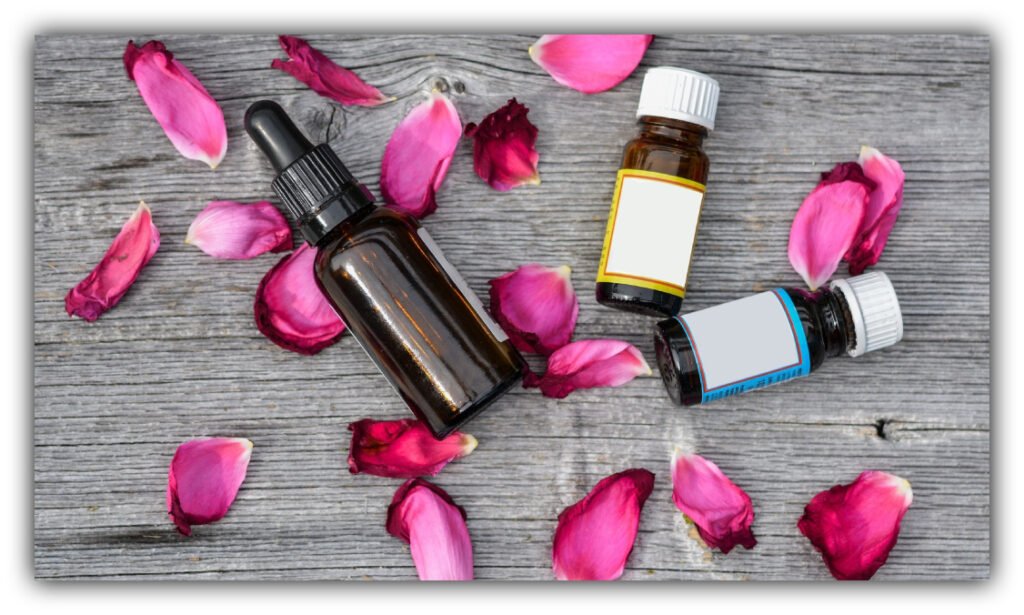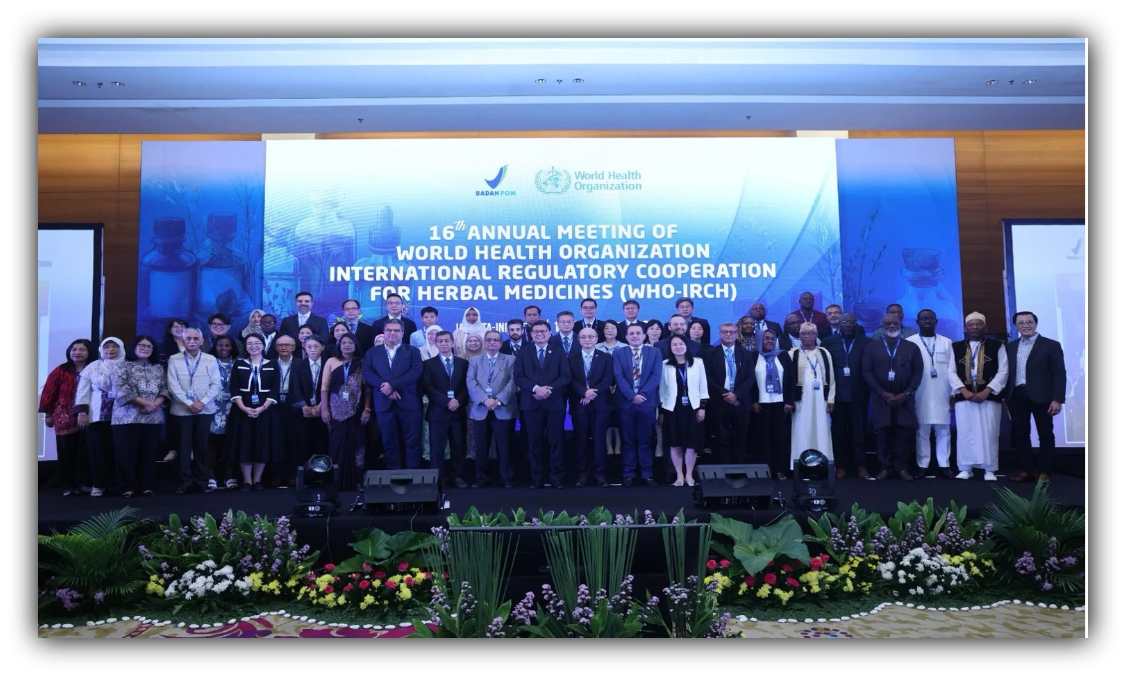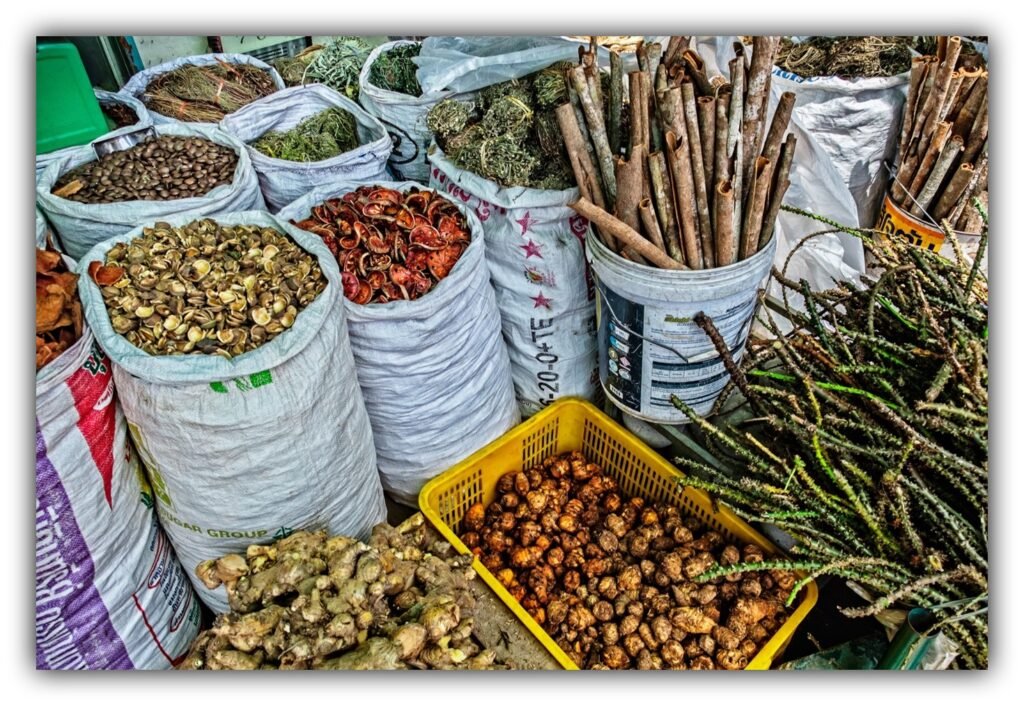By Gina Hill | Alaska Headline Living | October 2025
What Happened at the WHO Meeting
In October 2025, the 16th Annual Meeting of the International Regulatory Cooperation for Herbal Medicines (IRCH), a WHO‑coordinated forum, convened in Jakarta, Indonesia. World Health Organization+2Press Information Bureau+2 Representatives from regulatory bodies, researchers and policy‑makers from more than 20 countries gathered to advance shared goals: improving quality, ensuring safety, verifying efficacy and harmonising how herbal medicines are regulated worldwide. World Health Organization+1
Key themes covered at the meeting included:
- Safety and regulation of herbal medicines (Working Group 1) — building systems for oversight and monitoring. World Health Organization+1
- Quality control, standardisation and sustainability (Working Group 2) — ensuring the raw materials, manufacturing and supply chains meet reliable standards. World Health Organization+1
- Efficacy and intended use (Working Group 3) — clarifying how herbal products should be used and what claims can be made. Press Information Bureau+1
Additionally, the meeting advanced several WHO tools and frameworks, including a Global Traditional Medicine Strategy 2025‑2034, and an International Herbal Pharmacopoeia. World Health Organization
🍵 Why Regulation of Herbal Medicines Is Becoming Essential
The history behind herbal medicines and their role
Herbal and traditional medicines have been used by humans for thousands of years — from ancient Egyptian texts to Chinese, Indian and indigenous practices around the world. SpringerLink+2World Health Organization+2 The WHO notes that 170 + countries report using traditional, complementary and integrative medicine (T&CM) in their health systems. World Health Organization
Some modern pharmaceuticals are derived directly from plants or traditional remedies — for example, the malaria drug artemisinin emerged from ancient Chinese medicine. World Health Organization
The regulatory gap and growing demand
Despite high usage, herbal medicine regulation has often lagged behind that of pharmaceuticals. For instance, in the United States, herbal products are often marketed as dietary supplements, which do not require the same pre‑market proof of safety and efficacy that prescription drugs do. NCBI+1 In many countries the legal frameworks vary widely and can be inconsistent, which raises concerns about product quality, misleading claims, contamination and interactions with other medications. Frontiers+1 Meanwhile, the global market for herbal and traditional medicine products is growing rapidly (projected in some analyses to reach trillions of dollars in value). Frontiers
Given these realities, there is a pressing need for strong regulatory systems that can keep pace with innovation, global trade, increased consumer use and integration of traditional medicine into formal health systems.
👩🏻🏭 What These Regulations Aim to Cover
At the IRCH meeting and related regulatory initiatives, the following key areas are under focus:
- Quality assurance & manufacturing standards: Ensuring that herbal products are produced under good manufacturing practices (GMP), use authenticated plant materials, avoid adulteration or mis‑labelling, and have consistent potency. (Working Group 2) World Health Organization+1
- Safety monitoring & pharmacovigilance: Setting up systems to monitor adverse effects, interactions with conventional medicines, contamination (heavy metals, microbes), and ensuring recalls or corrective actions when needed. (Working Group 1) World Health Organization+1
- Efficacy and claims regulation: Determining which health claims are allowable, based on evidence; clarifying whether a herbal product can claim to treat, prevent or cure disease, or should instead be marketed for supportive/adjunctive use only. (Working Group 3) Press Information Bureau
- Terminology, integration and sustainability: Harmonising definitions of herbal/traditional medicines, linking to global pharmacopoeias, ensuring the sustainable sourcing of medicinal plants (to protect biodiversity and communities), and integrating safe herbal practices into national health systems. World Health Organization
💊 What This Means for You
If you take any kind of medicine, whether a prescription drug, over‑the‑counter pill, or a herbal/traditional product, here are the essential take‑aways:
- Be aware of what you’re taking: Just because something is “natural” or “traditional” doesn’t automatically mean it’s safe, well‑manufactured, or free of interaction risk.
- Check for standardisation: The best‑regulated herbal products will list active ingredients, standardised extracts, manufacturing batch codes, and may carry certification/logos indicating they meet GMP or pharmacopoeia standards.
- Match the claim to the evidence: If a product claims to “cure” a serious disease, ask if there is credible clinical evidence (or regulatory approval) supporting that claim. If it seems too bold, tread with caution.
- Talk to your health provider: Herbal and traditional medicines can cause adverse effects or interact with other treatments, especially if you are using prescription medication, have a chronic condition, or are pregnant/breastfeeding .
- Know your regulators and labels: In many countries, herbal/traditional medicines are regulated differently than drugs. Regulation is improving globally, but product oversight may still vary significantly by country. The recent WHO meeting is a sign of increased global cooperation, but gaps remain.
- Preserve trust and safety: The fact that WHO and regulatory authorities are pushing for harmonized standards globally means things are improving. The fact remains, until stronger regulation is universal, being an informed consumer remains crucial.
👉🏿 Bottom Line
The global push at the WHO’s 16th IRCH meeting highlights an important truth: herbal medicines, long part of human health traditions, are no longer “informal” or “alternative” in the shadows. They’re increasingly part of the mainstream healthcare and global trade ecosystem. That demands rigorous regulation.
For anyone using any kind of medicine, taking care to understand what you’re taking, how it was produced and whether it meets quality and safety standards is now more important than ever.

Do you know what you need to know about Herbal Medicine labels? Read this next: 👉🏿 What to Look for on an Herbal Medicine Label.
🗝️ Key Sources
- WHO: 16th Annual Meeting of the WHO International Regulatory Cooperation for Herbal Medicines (IRCH), Jakarta, 29 October 2025. World Health Organization
- WHO: Traditional medicine — Questions & Answers. World Health Organization
- NCBI / NIH: Herbal medicines: regulatory challenges and oversight. NCBI
- Government of India Press Release: India Showcases Leadership in Herbal Medicine Regulation at the 16th WHO–IRCH Annual Meeting. Press Information Bureau+1





